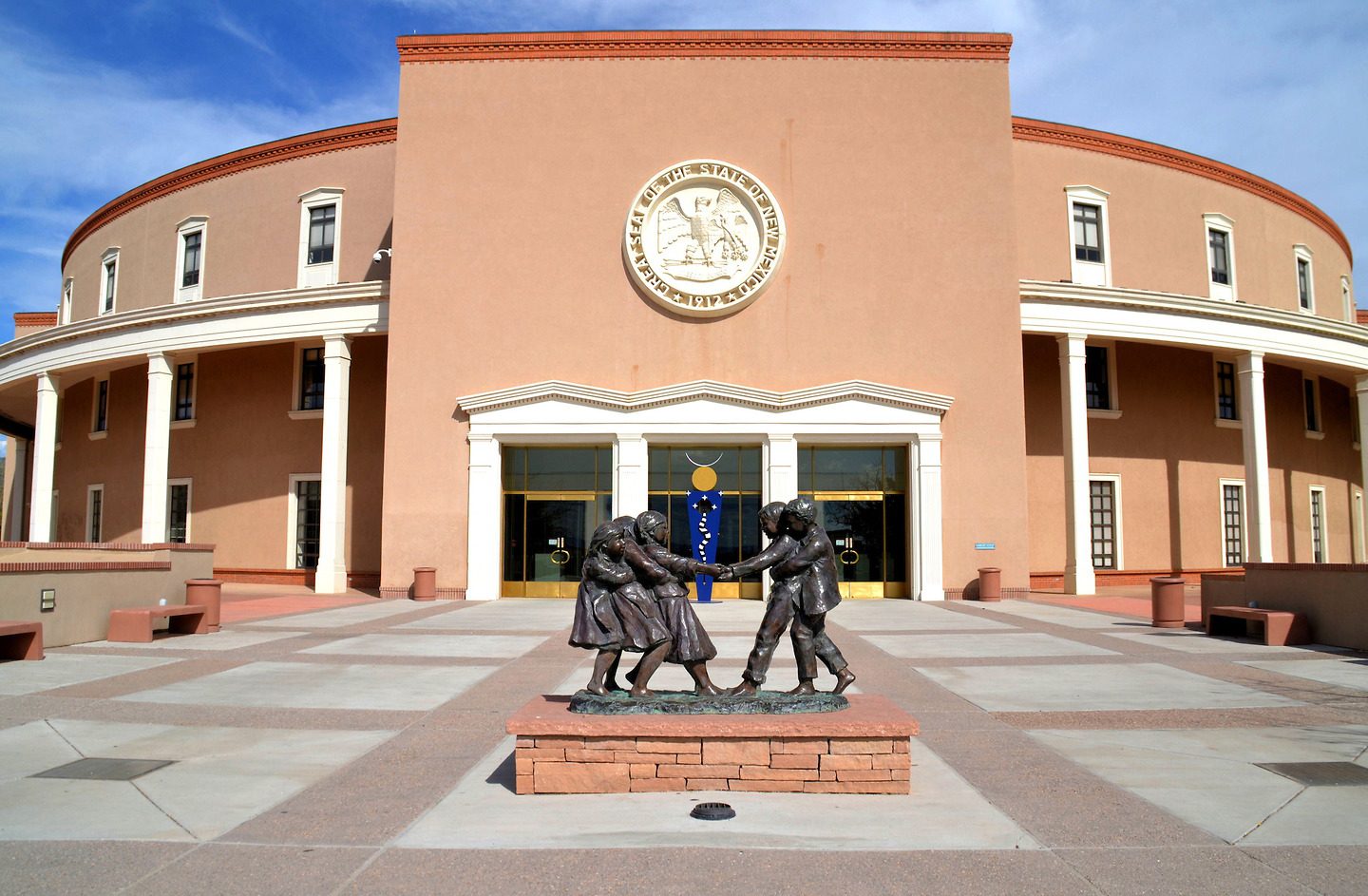Maryland ranked 11th most severe in report balancing first-year COVID-19 lockdowns with economic impact

COVID-19 mitigation measures taken in the first 13 months of the pandemic weighed heavily on Maryland’s economy and workforce, a newly released report says.
The independent, nonpartisan think tank Georgia Center for Opportunity ranked Maryland No. 11 in its analysis, “Assessing Each State’s Response to the Pandemic: Understanding the Impact on Employment and Work.”
Georgia Center researchers combed through a range of data, including school and workplace closures, gathering restrictions, capacity limits and stay-at-home orders from March 1, 2020, to March 31, 2021.
A series of technical computations were subsequently taken in each state before the ultimate rank was prescribed.
Georgia Center’s methodology for its government severity index also was based off a separate study, the Abridged Oxford Stringency Index, from Oxford University in England.
Oxford researchers also placed Maryland at No. 11 in its analysis after examining statewide responses to public event cancellations, school and workplace closings and stay-at-home orders.
From the get-go, Maryland Gov. Larry Hogan and others within his administration defended the actions taken as the initial wave of the coronavirus swept through the globe in March 2020.
“Maryland took early, aggressive and unprecedented actions to contain and slow the spread of COVID-19,” a statement on a recovery page on Hogan’s official website read. “Thanks to these efforts, and the incredible sacrifices of Marylanders who stayed home and practiced physical distancing, we have successfully flattened and lengthened the curve.”
But there are other considerations to take into account in a rearview analysis, Erik Randolph, director of research at Georgia Center, said. He pointed to a correlation between the severity of states’ government actions and short- and long-term economic impacts, based on the data gleaned across the country.
“The jobs situation would likely be much better today, had some states been less severe with their economic restrictions to fight the public health threat from COVID-19 and its variant,” Randolph, who was the author of the report, said in a statement.
Conversely, Georgia Center’s research found no correlation between government shutdowns and the rate of COVID-19 hospitalizations or deaths, suggesting even the most severe actions failed to prevent deaths or hospitalizations linked to the virus.
“The results suggest that state and local governments must craft their economic response to the pandemic with greater care, seeking to impact employment less severely,” Randolph said.
In the government severity index, Washington state was ranked No. 1, followed by Hawaii, New York, Colorado and, at No. 5, California.
The five least severe states in the analysis were Nebraska, Iowa, North Dakota, South Dakota and, at No. 50, Ohio.
In a separate narrative analysis from key takeaways within the report, Georgia Center researchers pointed to the perceived value work has on society, which the organization described as “an often overlooked public health indicator.”
“Work has long been a measure of success and personal health for individuals and for communities,” the researchers wrote. “What’s more, the economic impacts of our pandemic-era responses – such as closed businesses and rising inflation indicators – are often most impactful to marginalized communities, including those in poverty and people of color.”
This article was originally posted on Maryland ranked 11th most severe in report balancing first-year COVID-19 lockdowns with economic impact



